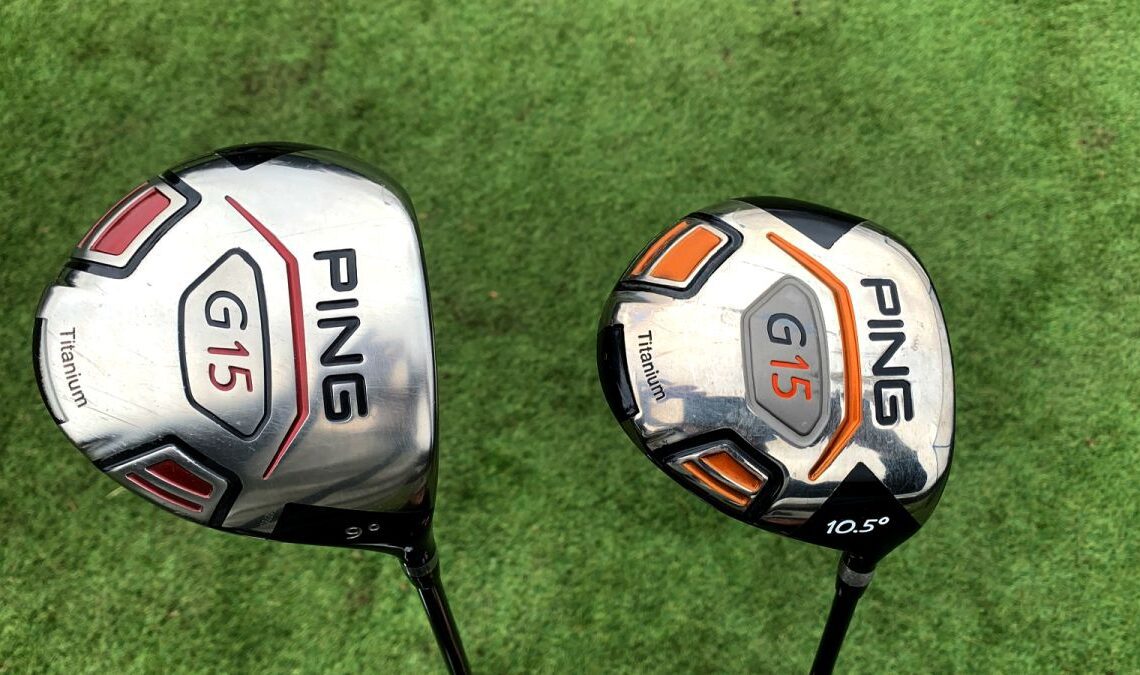With golf’s popularity growing amid increasing prices, the demand for cut-price equipment is soaring and it seems fraudulent manufacturers have identified this as the perfect opportunity to upscale the production of counterfeit golf clubs. There are an estimated two million counterfeit clubs in circulation and the idea of securing a ‘bargain’ among the best used golf drivers or best used golf irons through sites such as Ebay and Facebook is leaving many golfers shortchanged upon finding out they have purchased fake equipment. This by no means a new problem among the best budget golf clubs, however spotting fakes has become increasingly more difficult with better materials, paints and attention to detail being employed to create counterfeit golf clubs that look even closer to the real deal.
To help golfers spot a fake from the genuine article, we spoke to Andrew Masterson from the U.S. Golf Manufacturers Anti-Counterfeiting Working Group as well as Luke Peterken from pre-owned retailer Replay Golf (opens in new tab) to determine the six main things golfers should be looking out for when purchasing golf gear online.
Counterfeit Ping grip and driver shaft
(Image credit: Future)
1. Performance
The most obvious way to identify a counterfeit golf club will be in the performance of the product. Major manufacturers spend millions of dollars every year on the design and technology of the best golf drivers and other clubs to have it perform to very high standards – something a counterfeit organization can’t compete with. There is always a difference in the base level materials used to make the product. Counterfeit shafts can be a safety hazard, due to not being stable and strong enough to support some golf swings, they have been known to splinter and snap in the hands of golfers. The lack of hollowing on various iron heads are some key clues to counterfeit clubs poor design and resulting performance and the swing weights will often be a long way out from manufacturers’ standards.
Real iron head on the left vs counterfeit iron head on the right
(Image credit: Keep Golf Real)
2. Aesthetics
Despite counterfeit organisations getting better at replicating some of the clubs we love, they are very rarely identical. A few signs to look out for would be the color of the paint synonymous with that model of club. The font of the logo and other markings on the club are often a giveaway. Brands will often create their own specific font that won’t be available to the likes of…
..
Click Here to Read the Full Original Article at Golf Monthly RSS Feed…
